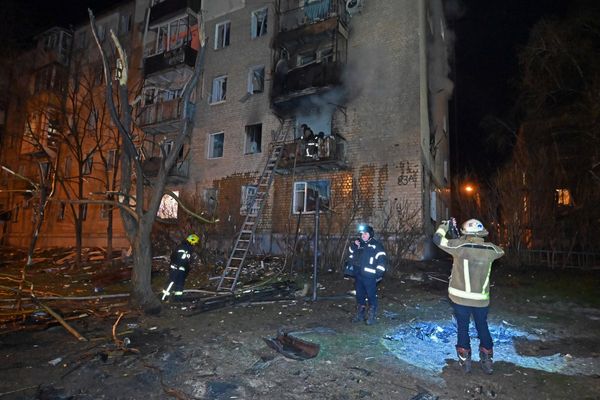Now that hit BBC show Peaky Blinders has come to an end, people maybe missing their weekly fix of the drama based on the real life history of the ganags who controlled streets across Britain.
While the Peaky Blinders were taking over Birmingham, Liverpool was being terrorised by ruthless group of violent men known as The High Rip. Armed with heavy belt buckles, and knives, their crimes were characterised by bloody beatings and abuse.
They targeted dockers and sailors who came into the busy city port and it was even suggested that some of its most dangerous members had links to the most notorious Victorian murderer Jack the Ripper. The author of 'The Gangs of Liverpool: From the Cornermen to the High Rip - The Mobs That Terrorised a City' and 'More Gangs of Liverpool: 1890 -1970 Tearaways' spoke to the ECHO about the gang in 2013.
READ MORE: Disgraced ex-Eastenders star booed at opening of lost retro Liverpool venue
Micheal Macilwee said: "The High Rip were often portrayed as having some level of organisation, which they used to plan criminal activities. However, one of the most terrifying features of the gang was their willingness to engage in random acts of violence.
"There was often no attempt at theft. It seems that nobody could innocently walk past them without falling prey to some sort of abuse or violence."
When did the High Rip emerge?
As with many cities at the time, Liverpool was subject to extreme poverty and unemployment creating many slum streets which bred crime and violence. Following from The Cornermen - a gang who were known for targeting their victims on street corners - in the mid 1880s the High Rip took over the streets.
It followed the Blackstone Street Murder - the first major crime attributed to the gang. In January 1884 a gang of five young men aged between 18 and 20 set on two Spanish sailors.
They were badly beaten with belts and as they tried to flee the clutches of the High Rip they darted in different directions. Exequiel Rodriguez Nuniez was caught by the gang as they shouted "Knives, boys, knives!", a court report from the time said he died bleeding out after being slashed in the neck.
After dozens of eyewitness statements in court, a jury found 18-year-olds Michael M'Lean and Patrick Duggan guilty of wilful murder and they were both sentenced to death by hanging at Kirkdale jail.
What did they wear?
Gang members were smart dressers, with tight-fitting jackets and bell-bottomed trousers - not unlike the Peaky Blinders. A quiff of hair would protrude from underneath a ‘bucko’ cap - a hat similar to a flat cap but gathered at the top - set at a jaunty angle.
This was all worn with the thick leather belts used in many of their criminal activities.
Where did they operate?
As gang members liked to pray on dockers wandering alone, the High Rip were drawn mainly from the area around Portland Street, off Vauxhall Road. These streets were often the backdrops for brutal showdowns with the gang's sworn enemies the Logwood Gang.
This rival horde of thugs, consisting mainly of dockers armed with wooden batons, would later be partly attributed with the demise of the High Rip.
Their crimes
In his book Tearaways, Michael Macilwee speaks of incidents of babies being punched in the face, shopkeepers robbed and many assaults across North Liverpool. In one incident a man had bumped into a member of the High Rip accidentally and was slashed from forehead to ear on Scotland Road.
He also talks of Bernard McCall who after serving his time in prison, and receiving 40 lashes - something many members wore as a badge of honour on their maimed skin - he went back to stay with his parents in Bootle. Fresh from jail, in a row over beer, he beat his parents to an inch of their lives, while his father escaped long enough to get help, McCall threatened to "roast" his mother before repeatedly banging her head into the wall.
The High Rip were notorious for huge riots that police at the time were terrified to break up. One on Great Homer Street involving 2,000 thugs was left unchecked for more than half an hour.
The demise of the High Rip
There were a number of factors that contributed to the end of the High Rip. Firstly, as with most gangs, their rivals.
The Logwood Gang were a group of dockers who fought back with wooden batons and encouraged others to walk around in large gangs. Clashes with them were costly for the High Rip, especially when coupled with a fearless judge Justice Day who began sentencing members to flogging before and after prison.
And on the streets a police officer known as 'Pins' played a pivotal role in turning around the fearsome reputation of the High Rip. Pins was a tough officer who use some unorthodox methods on gang members, he reportedly said: "I grabs 'em, I pins 'em against the wall and I slaps 'em."
Gangs of Liverpool and More Gangs of Liverpool are available on Amazon







